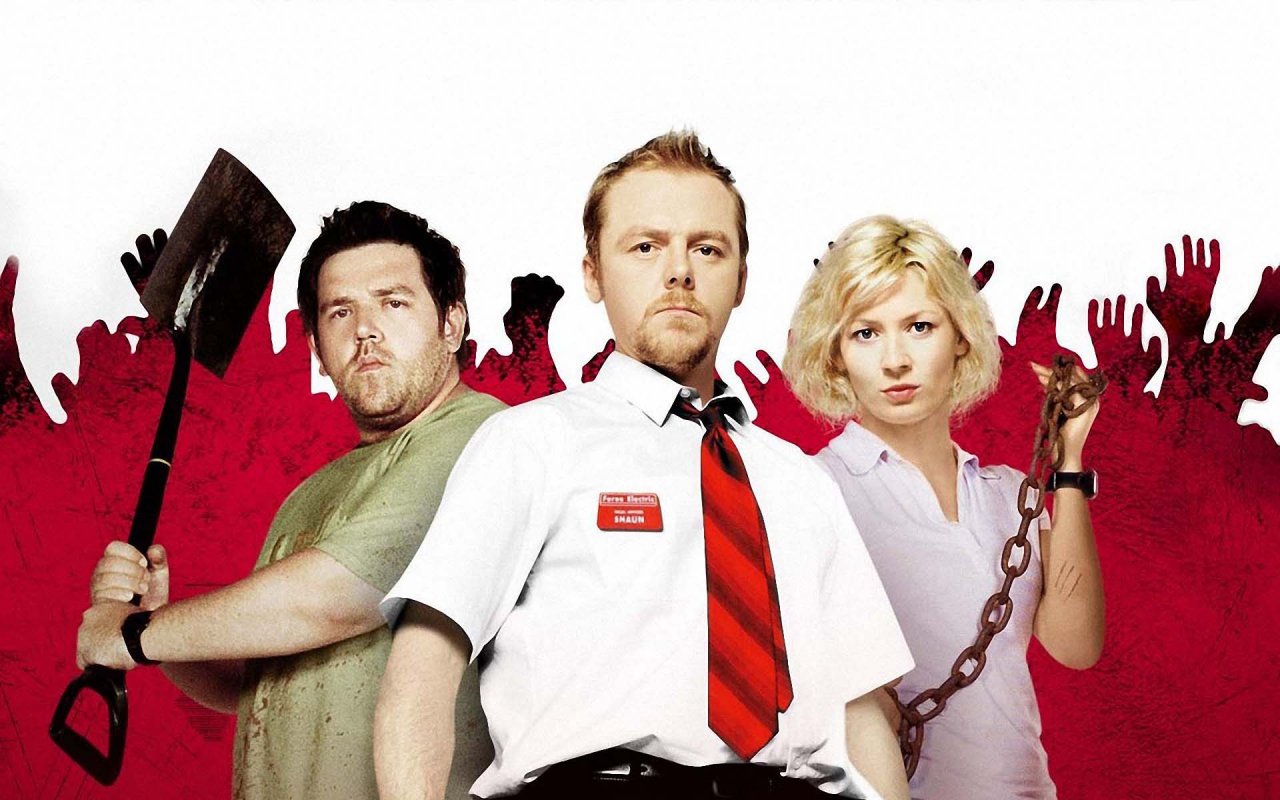
Cult film is alive and well in the new century, which has so far seen a wealth of memorable midnight movies, eccentric oddities, sleeper stoner comedies, and other “out there” genre films.
Part of the attraction with movies designated with cult status is that they are so very different and much more provocative than mainstream populist fare. The cult film experience differs from conventional cinema by appealing to unique sensibilities, be it the counterculture, genre films, or niche audiences that joyfully indulge in taboo content and proscribed subject matter that deliriously upends convention with razor-sharp satire, exploitation, and/or legitimate ideological dangers or controversial content.
The following list looks at “original” cult films from the 21st century––and by “original” we mean films that aren’t adapted from other media, remakes, or reboots––these are movies that foster unhealthy obsession, stylish strangeness, and offer feelings of connection for the bravest or most eccentric viewers amongst us. Enjoy!
10. Deathgasm (2015)
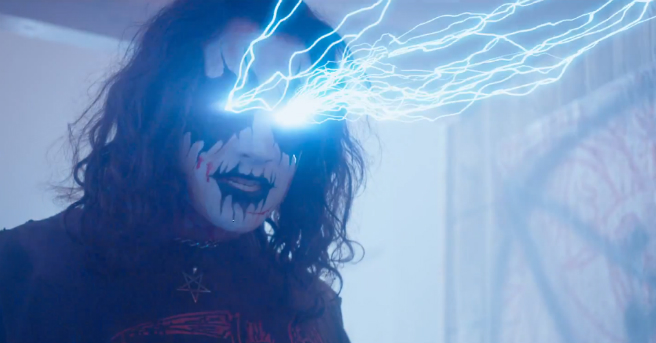
New Zealand writer/director Jason Lei Howden hilariously resurrects the splatter comedy with Deathgasm. If combining the crude fanboy nobility of Bill and Ted with the stomach-churning carnage of The Evil Dead sounds delectable, then this indelicate and scatological midnight movie masterpiece is a sweet course.
Brodie (Milo Cawthorne), a serious heavy metal fan, along with bad-boy bff Zakk (James Blake) front a band, the titular Deathgasm, who up their street cred and Satanic celebrity by incorporating demonic lyrics from an ancient text into their music. It turns out that doing so summons an assortment of teeth-gnashing nasties that only they can stand up to.
Deathgasm’s hyperbolic, fluid-spewing violence is a morbid revelry –– what other film offers up a slo mo assault on demons with an ebony dildo and a string of anal beads? –– and with rapid-fire quotable quips and put-downs that are laugh-out-loud funny, this is a film meant for repeat group viewings.
9. The Duke of Burgundy (2015)
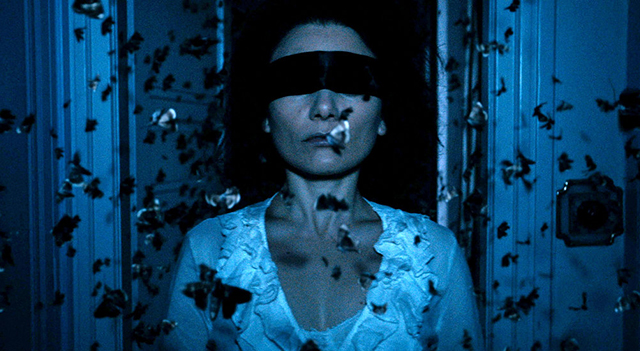
The third film from writer-director Peter Strickland (In Fabric [2019]) is a pastiche of erotic exploitation cinema from the 70s –– Jesús Franco and Jean Rollin float to mind with soap bubble inertia –– with no deficit of idiosyncrasy, imagination, or veiled decorum, either. Existing in a pocket universe inhabited wholly by women, The Duke of Burgundy offers tactile pleasures at every turn, Euro-smut has never looked so lovely, salacious, or finely detailed.
Nic Knowland’s overripe lensing, Pater Sparrow’s effete yet plush production design, and Mátyás Fekete nostalgic and almost gimmicky editing –– featuring, for instance, freeze-frames that relax into fleshy pink ambiguity –– make for an artificial world that moans with titillation and mystery at every inviting wheeze. This is a film of mystery, lucid dreaming, closed door transgressions, and artful fetish from an exciting cinematic pariah. Not to be missed.
8. What We Do in the Shadows (2014)
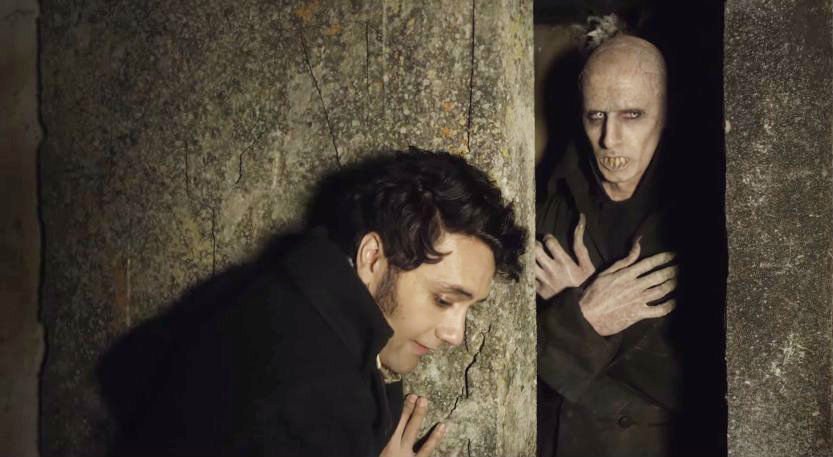
“We’re vampires, we don’t put down towels,” argues Vladislav (Jemaine Clement) with his flatmates, also vampires, and each rather stubborn when it comes to things like getting on each other’s nerves, and tidying up after their often gruesome dinners.
Clement, co-writing and co-directing along with fellow Kiwi, Taika Waititi (Thor: Ragnarok [2017]), net lots of laughs and attains assured cult hit status with the comedy-horror mockumentary monster mash, What We Do in the Shadows.
Having already cut their teeth together previously on numerous projects including Flight of the Conchords, and Eagle vs Shark, Waititi and Clement have again assembled a great cast of comedians to join them in cracking wise and deadpanning for the camera as they recount the trials and travails of Wellington, New Zealand’s vampire population, along with some rival werewolves, witches, and a few zombies, too.
It’s a quotable procession of slapstick, splatter, satire, and farce. Few parodies work as well as What We Do in the Shadows does, and the lampoonery here has bite, sopping up serious howls, ensuring death by laughter all ye who see it.
7. Wet Hot American Summer (2001)
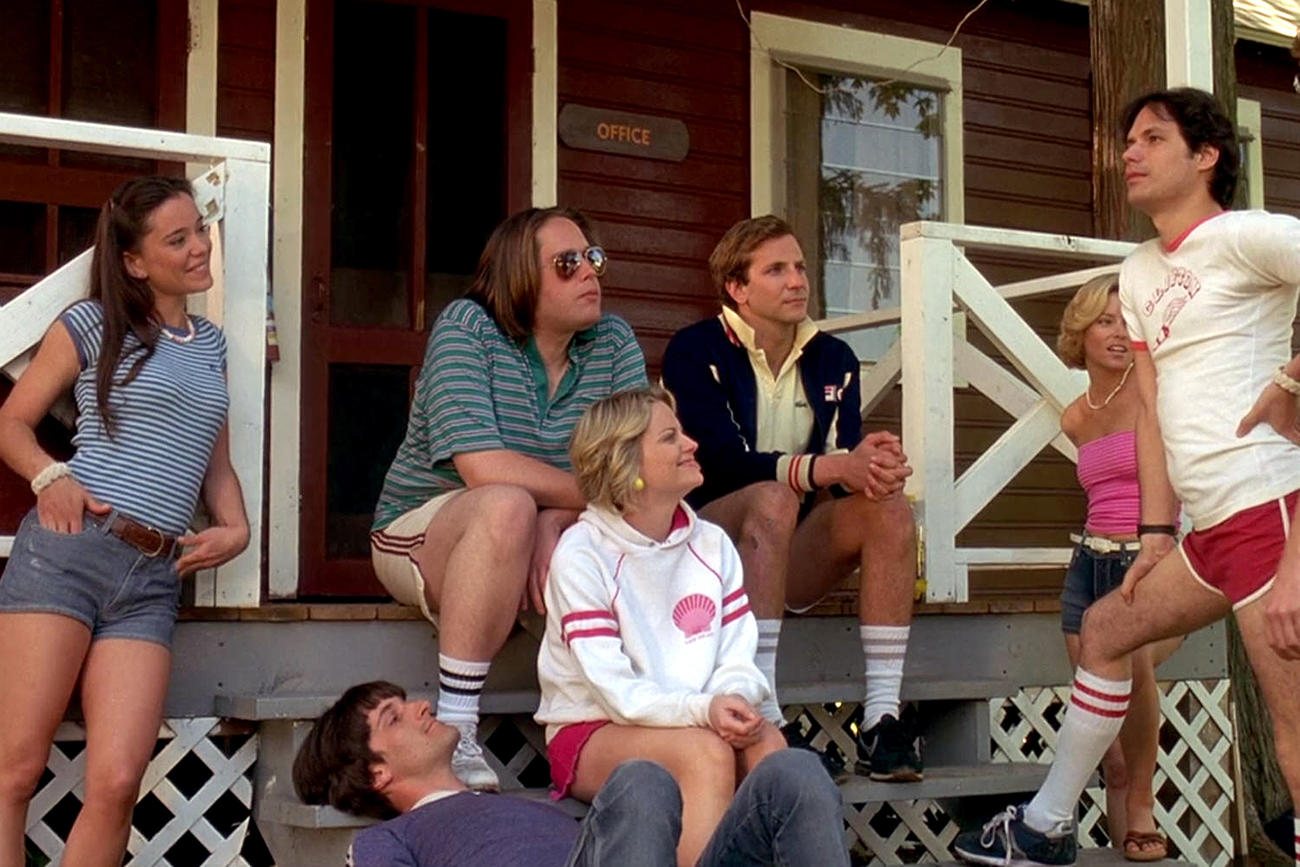
It’s the last day at Camp Firewood for the sticky hot summer season of 1981 in director David Wain’s charming, cheeky, and delightfully dirty-minded Wet Hot American Summer.
Written by Wain and co-star Michael Showalter, this crass comedy pays loving tribute to the American teen exploitation films of the late ’70s and early ’80s, and more specifically the sub-genre of summer camp films (think 1979’s Meatballs, 1980’s Little Darlings, and 1982’s Porky’s).
And in keeping with these adolescent, hormones-raging comedies, the cast of teen camp counselors are deliberately played by actors in their 30s (amongst the gifted comic actors in the cast are Bradley Cooper, Elizabeth Banks, Paul Rudd, and Amy Poehler).
A cult film phenomenon that rewards repeated viewings, Wet Hot Summer possesses that je ne sais quoi that mark many a niche picture; like Airplane! (1980), it’s self-aware, breaking the fourth wall to get a good laugh, and similar to Monty Python it romps with an absurdist angle, parodies abounding, often visiting the trashy nabe you’d expect from a John Waters film.
In recent years the Wet Hot American Summer clique has been well rewarded with comedicaly brilliant prequel and sequel serieses on Netflix, reuniting Wain and his game cast, as well as introducing many new characters, and outlandish scenarios.
But it all started with this multi-episodic comedic home run, highlighted by sensational non sequiturs, ample slapstick, gratuitous makeout sessions, funny, and endearing characters, and not to mention one honey of a talent show. Spend some time at Camp Nowhere and you’ll be a happy camper, too.
6. Brawl in Cell Block 99 (2017)
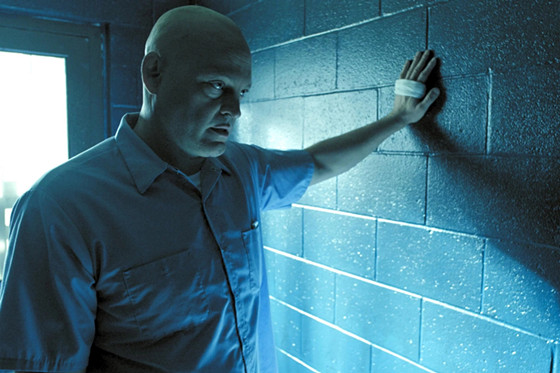
Writer-director S. Craig Zahler (Bone Tomahawk [2015], Dragged Across Concrete -2019]) offers up this badass slice of prison panic, trepidation, and ultra-violence as Vince Vaughn, Don Johnson and Udo Kier do the jailhouse rock.
“[Rumble in Cell Block 99] really moves into another dimension, one of spectacular violence among other things, when Udo Kier shows up. Those of you who know the German actor know he’s not the kind of guy who generally shows up in a Vince Vaughn movie. It’s weird. On purpose… it’s an American film that’s daring in potentially alienating ways,” wrote the celebrated film critic Glenn Kenny, adding that “I was not alienated myself but rather disturbed and delighted, and rather in awe of many of its features.”
Ex-boxer Bradley (Vaughn) is in a downward spiral. His marriage is floundering and an unwise stint as a drug courier sends him to the big house where things are gonna get even grittier and far more gruesome.
Zahler and cinematographer Benji Bakshi use an effectively restrained style with repeated fixed-camera set ups, and artful widescreen tableau that makes many of the instances of skull-crushing brutality all the more visceral. This is a genre film, after all, and one that delights in the pulpy, exploitation grindhouse. And while it paints in crimson red some familiar scenarios, it never loses a love of dark humor and audacity. Is it for everyone? Hell no.
Now something of a renaissance man, Zahler’s Brawl is full of old-school pleasures from the soul-soaked soundtrack (he wrote the suitably retro score along with Jeff Herriott), smart dialogue, excessive violence, and a bravura performance from Vaughn (I bet many of you forgot how charismatic he can be, haven’t you?). Miss this messed up movie at your own peril.